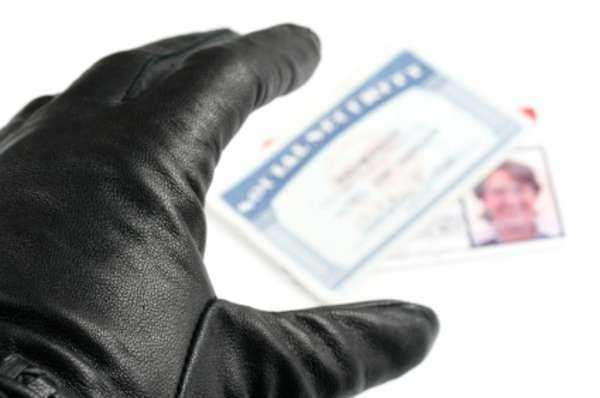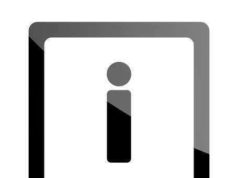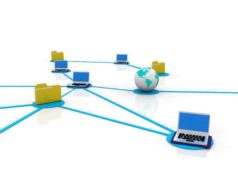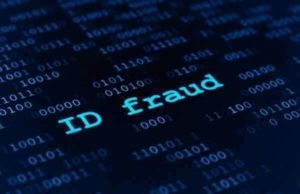
Identity Theft Protection At A Glance: Understanding and Protecting Yourself
Identity theft is a major threat to anyone with a digital presence. It is a crime in which an individual uses personal information about someone without their permission to commit fraud and other illegal activities. The consequences of identity theft can be severe, including financial losses and damage to reputation. In this article, we will provide an overview of identity theft protection, including what it is, how it works, and how to protect yourself.
What is Identity Theft Protection?
Identity theft protection helps individuals protect their personal information from being stolen and used without their consent. It includes preventing and detecting identity theft, monitoring credit reports, and seeking assistance to restore one’s identity if victimized. It can also provide fraud alerts or notifications when there is something suspicious about an individual’s account activity.
How Does Identity Theft Protection Work?
Identity theft protection works by monitoring individuals’ information and comparing it with known data breaches or potential identity theft activity. It can include services such as credit monitoring, identity monitoring, and dark web scanning. These services alert individuals to any suspicious activity and give them actionable information to help protect their identity and prevent potential fraud.
Credit monitoring involves regular checks to individual credit reports for any new accounts, loans, or credit inquiries that a person may not have authorized. Identity monitoring tracks non-credit-based activities that use a person’s personal identifying information. This monitoring includes public records, social media accounts, and other sources.
Dark web scanning helps in monitoring the dark web, where the buying and selling of stolen identification and data occur. By monitoring the dark web, identity theft protection services can identify and alert individuals to stolen or compromised information.
How to Protect Yourself from Identity Theft
There are several best practices you can follow to protect yourself from identity theft, including:
1. Keeping your personal information private: Be cautious with who you share your personal information with, don’t disclose beyond necessary.
2. Protect your digital information: Create complex passwords and change them regularly. Enable two-factor authentication for all accounts.
3. Avoid clicking on suspicious links or pop-ups: These can introduce malware into your device or steal your personal information.
4. Regularly check your credit report: This can help you detect any potential fraudulent activities.
5. Be cautious with public Wi-Fi: Public Wi-Fi networks are open and unsecured which makes them an easy target for hackers to steal your information.
Conclusion
Identity theft protection is an essential part of digital living, and it’s important to understand how to protect yourself in the digital world. By understanding what identity theft protection is and how it works, you can be better equipped to protect yourself from the potential risks of fraudulent activity. By following best practices to safeguard your identity, you can greatly reduce the risks of identity theft and protect your personal information.
What is Identity Theft?
As more consumer purchases are made online with the advancements of computer technology, identity theft has unfortunately become an everyday occurrence. It is estimated that nearly $50 billion dollars were fraudulently usurped through identity theft practices, with the average victim losing $6,000.
As defined by the Federal Trade Commission, Identity Theft occurs when a person uses another person’s personal and financial information, such as their name, address, bank account information or Social Security number. An estimated 9 million American’s are victims of identity theft annually.
Identity thieves access the aforementioned information by taking part in numerous fraudulent activities such as phishing, pretexting and skimming. Other more simplistic means to steal someone’s identity include obtaining personal information from the garbage or the outright theft of information.
Identity Protection
Identity protection includes any action that actively protects your identity. As technology advances, there are more avenues an identity thief can take advantage of. That being said, as technology continues to evolve, there are also more ways to protect such unfortunate situations from occurring. Although the largest portion of identity theft occurs electronically, there is still an enormous amount of identity theft that occurs through other means.
The simplest and arguably most effective way to protect your identity is to destroy all documents that hold your personal information; credit card offers, bank statements, bank letters, and all documents that store your personal or financial information should be shredded before they are thrown out. The Internal Revenue Service suggests that all individuals should store their financial information from the past seven years in a secure area; anything past this point should be shredded.
Since the advent of the Internet, personal and financial information has become more accessible to identity thieves and other parties looking to expose the information. All computers connected to the Internet maintain a level of susceptibility of being hacked.
The installment of firewalls, antivirus and anti-spyware software are necessary to protect your computer from such vulnerabilities. Furthermore, when you purchase items online, be sure that you are doing so from a reputable site or one that is secured through the installment of anti-piracy software.
In addition to firewalls, a user can take advantage of identity theft protection companies, such as Lifelock. These companies offer a consumer or business with numerous resources to protect their information from falling into the hands of identity thieves. These companies will monitor your credit scores and financial information to ensure that no scams or thievery have taken place.
Additionally, identity theft protection companies will exhaustively monitor your personal information and review all transactions, credit card applications and address changes to ensure that fraudulent maneuvers are not affirmed. Subsequently, if fraudulent actions were indeed committed against your account, identity theft protection services, such as Lifelock, will quickly respond to the illegal actions and will dedicate an exorbitant amount of time and money to hire experts, investigators, lawyers and consultants to facilitate the recovery of funds or information.




























